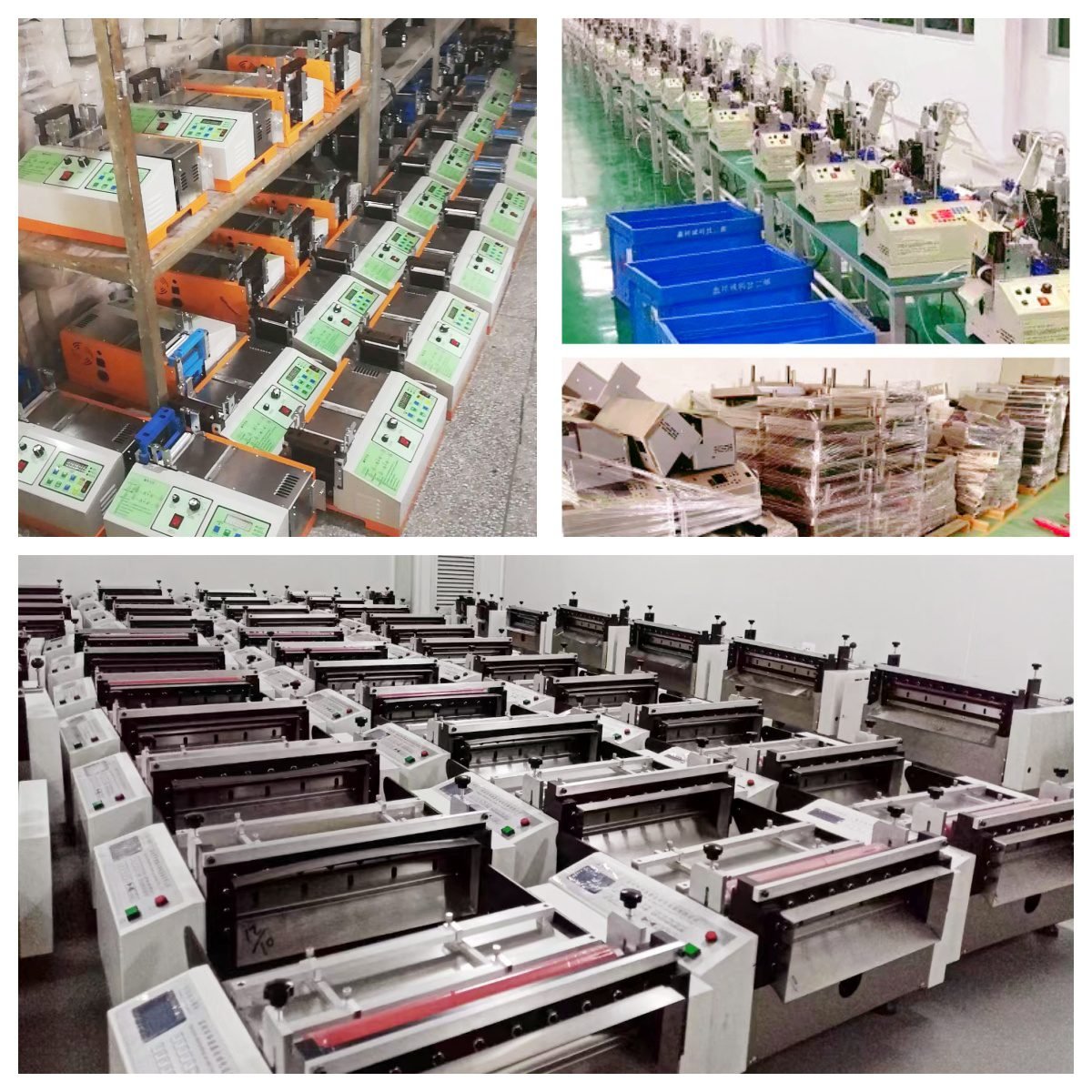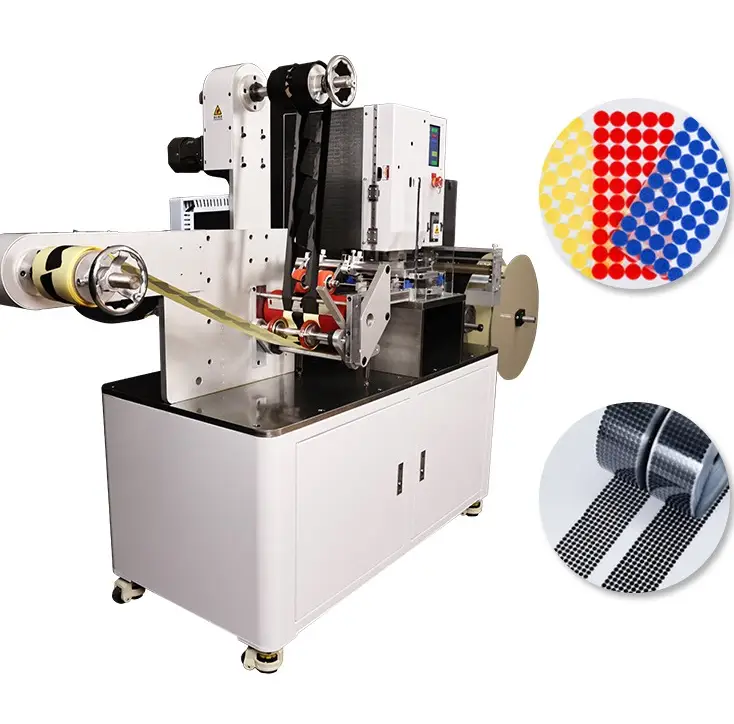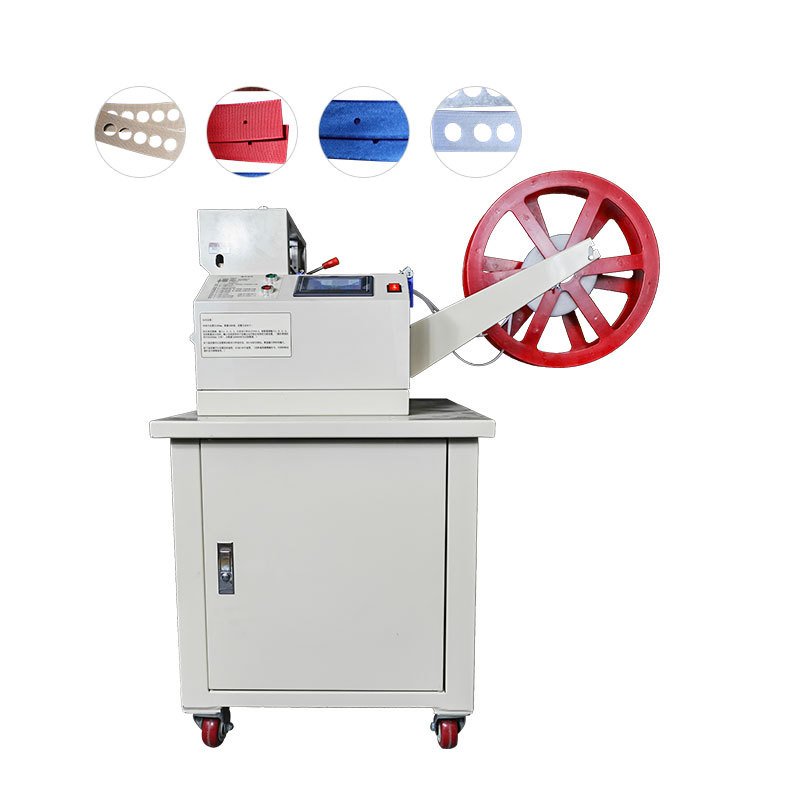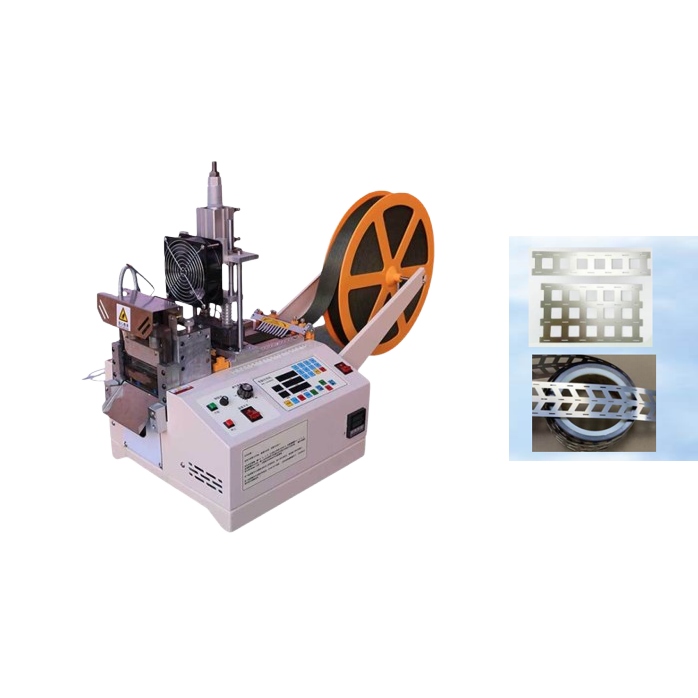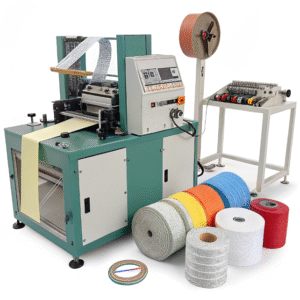How to stop a fabric with raw cut from fraying?

Cutting fabric can be tricky, especially when dealing with materials that fray easily. If not properly sealed, the raw edges will start to unravel over time, ruining the look and durability of your project. So, how can you stop a fabric with a raw cut from fraying?
The best ways to stop fabric from fraying include using fabric glue, fray check, pinking shears, or a heat-sealing method like a hot knife or laser cutting. These techniques secure the edges and prevent unraveling, ensuring long-lasting results.
The right method depends on the fabric type, project needs, and available tools. Let’s explore how to stop fraying without sewing.
How to stop fabric from fraying after cutting without sewing?

Sewing a hem or overlock stitch is a common way to prevent fraying, but not everyone has access to a sewing machine. Fortunately, there are several no-sew techniques to stop fabric edges from unraveling.
To stop fabric from fraying after cutting without sewing, use pinking shears, fabric glue, fray check, heat sealing, or iron-on hem tape. These methods reinforce the edges without the need for stitching.
1. Pinking Shears – The Easiest No-Sew Method
Pinking shears are special scissors with a zigzag blade that helps slow down fabric fraying. While they don’t completely stop unraveling, they are a quick and easy solution for many fabrics.
How to use pinking shears:
- Place the fabric on a flat surface.
- Cut along the raw edge using pinking shears instead of regular scissors.
- For extra protection, apply fray check or fabric glue to reinforce the cut edge.
✔ Best for: Cotton, linen, lightweight fabrics.
⚠ Tip: Works best on tightly woven fabrics, but may not be enough for very loose weaves.
2. Fabric Glue – A Simple and Flexible Solution
Fabric glue provides a quick, flexible seal that keeps raw edges from fraying without affecting fabric softness.
How to use fabric glue to stop fraying:
- Apply a thin, even layer of fabric glue along the raw edge.
- Let it dry completely before handling.
- If needed, apply a second coat for extra durability.
✔ Best for: Delicate fabrics like chiffon, silk, and knits.
⚠ Tip: Choose a washable fabric glue if your project will be laundered.
3. Fray Check – A Specialized Fabric Sealant
Fray Check (or similar anti-fray liquid) is designed to prevent fabric from unraveling. It dries clear and maintains the fabric’s flexibility.
How to apply Fray Check:
- Dab a small amount along the raw edge.
- Let it dry for at least 30 minutes.
- If necessary, trim any stiff or excess residue after drying.
✔ Best for: Any fabric, especially lightweight or delicate materials.
⚠ Tip: Test on a small area first, as some fabrics may darken slightly when treated.
4. Heat Sealing – Best for Synthetic Fabrics
Synthetic fabrics like polyester and nylon melt when exposed to heat, making heat sealing an effective way to stop fraying.
Methods for heat sealing fabric edges:
🔥 Using a Lighter:
- Hold the fabric edge near a flame, moving it quickly to avoid burning.
- Let the melted edge cool before handling.
🔪 Using a Hot Knife:
- A hot knife cuts and seals fabric at the same time, ideal for precision.
💡 Using a Soldering Iron:
- Similar to a hot knife but offers more control over delicate fabrics.
✔ Best for: Nylon, polyester, and other synthetic fabrics.
⚠ Tip: Always test on a small section first to avoid burning or warping the fabric.
5. Iron-On Hem Tape – A No-Sew, Reinforced Edge
Iron-on hem tape is a great alternative for sealing fabric edges while adding extra strength.
How to use iron-on hem tape:
- Place the hem tape along the raw edge.
- Fold the fabric over the tape and press with an iron.
- Allow it to cool and check if the edges are secure.
✔ Best for: Medium-weight fabrics like cotton, denim, and wool.
⚠ Tip: Use heat settings according to the fabric type to prevent scorching.
Comparison of No-Sew Fray Prevention Methods
| Method | Best For | Pros | Cons |
|---|---|---|---|
| Pinking Shears | Cotton, linen | Quick and easy | Doesn’t stop fraying completely |
| Fabric Glue | Delicate fabrics | Soft, flexible, washable | Requires drying time |
| Fray Check | Lightweight fabrics | Clear, long-lasting | May slightly stiffen fabric |
| Heat Sealing | Synthetic fabrics | Instant, strong seal | Can burn fabric if not careful |
| Iron-On Hem Tape | Medium-weight fabrics | Adds structure and prevents fraying | May change fabric texture |
Additional Tips for Preventing Fabric Fraying
✅ Choose the Right Fabric – Tightly woven fabrics fray less than loose-weave fabrics.
✅ Cut on the Bias – Cutting fabric diagonally (on the bias) reduces fraying.
✅ Use a Rotary Cutter – A sharp rotary cutter reduces thread pulling and minimizes fraying.
✅ Double-Coat Edges – Apply a second layer of glue or fray check for extra durability.
Conclusion
Preventing fabric from fraying without sewing is possible using pinking shears, fabric glue, fray check, heat sealing, or iron-on hem tape. Each method has its advantages, and the best choice depends on the fabric type and project requirements.
Insights
- For a quick and simple solution, use pinking shears for lightweight fabrics.
- For delicate fabrics, fabric glue or fray check provides a soft, flexible seal.
- For synthetic fabrics, heat sealing is the most effective fray-prevention method.
- For a structured finish, iron-on hem tape is a great option for reinforcing edges.
By selecting the right technique, you can achieve a clean, professional finish on any fabric project without sewing.
